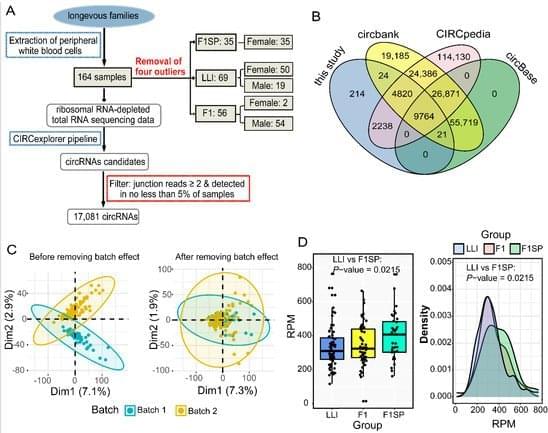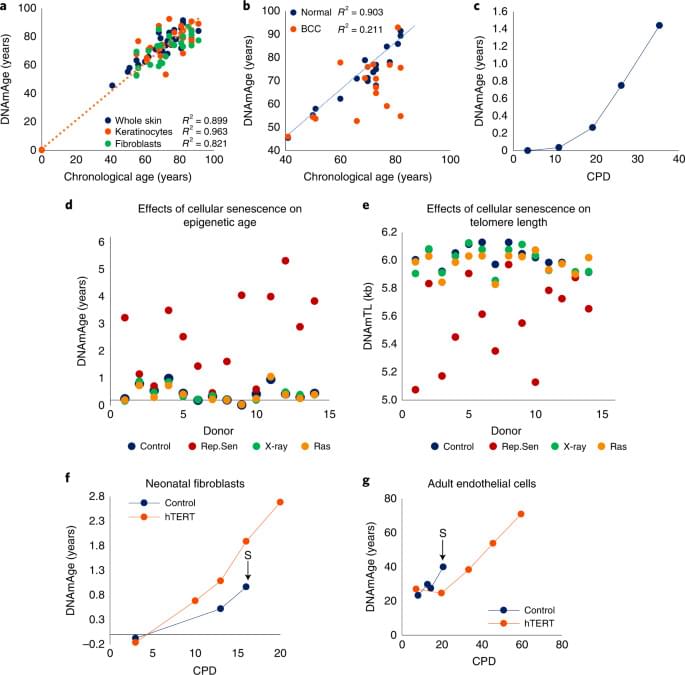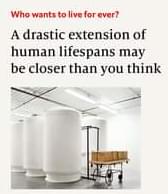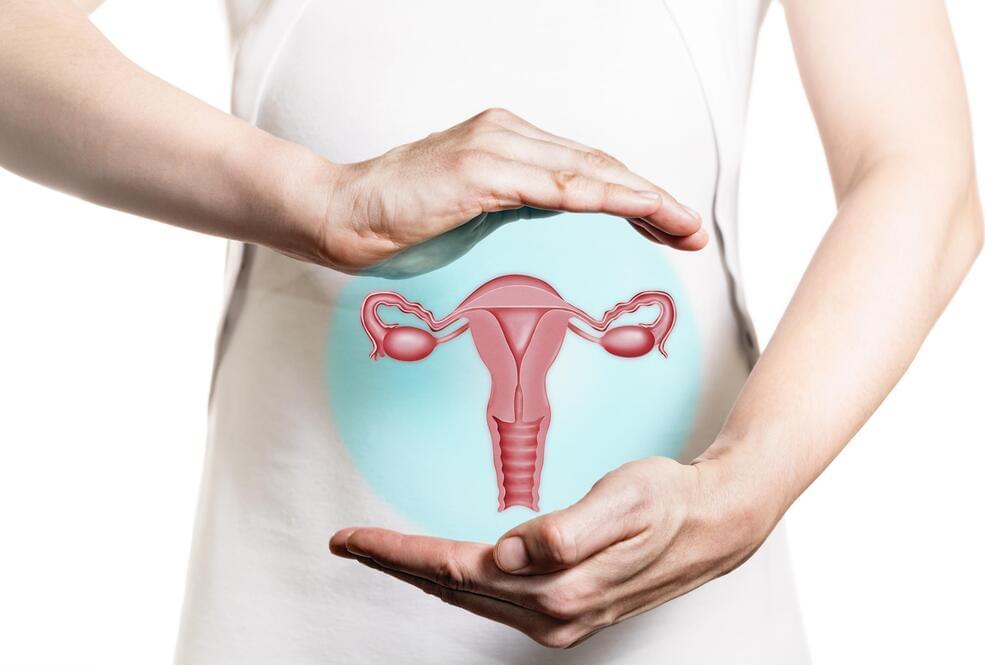Deep RNA sequencing of 164 blood samples collected from long-lived families was performed to investigate the expression patterns of circular RNAs (circRNAs). Unlike that observed in previous studies, circRNA expression in long-lived elderly individuals (98.3 ± 3.4 year) did not exhibit an age-accumulating pattern. Based on weighted circRNA co-expression network analysis, we found that longevous elders specifically gained eight but lost seven conserved circRNA-circRNA co-expression modules (c-CCMs) compared with normal elder controls (spouses of offspring of long-lived individuals, age = 59.3 ± 5.8 year). Further analysis showed that these modules were associated with healthy aging-related pathways. These results together suggest an important role of circRNAs in regulating human lifespan extension.





